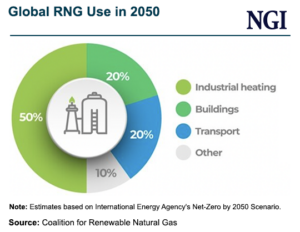Infrastructure | NGI All News Access
TC Pipeline Expansions to Increase Western Canada Natural Gas Exports to U.S.
© 2024 Natural Gas Intelligence. All rights reserved.
ISSN © 2577-9877 | ISSN © 2158-8023 |

Energy Transition
Natural gas end users are increasingly focused on sustainability and have shown a keen interest in the availability of low carbon fuel options. Still, the question often arises – are they willing to pay a premium? At the recent LDC Gas Forums Southeast in Ponte Vedra Beach, FL, executives of local distribution companies and natural…
April 25, 2024By submitting my information, I agree to the Privacy Policy, Terms of Service and to receive offers and promotions from NGI.